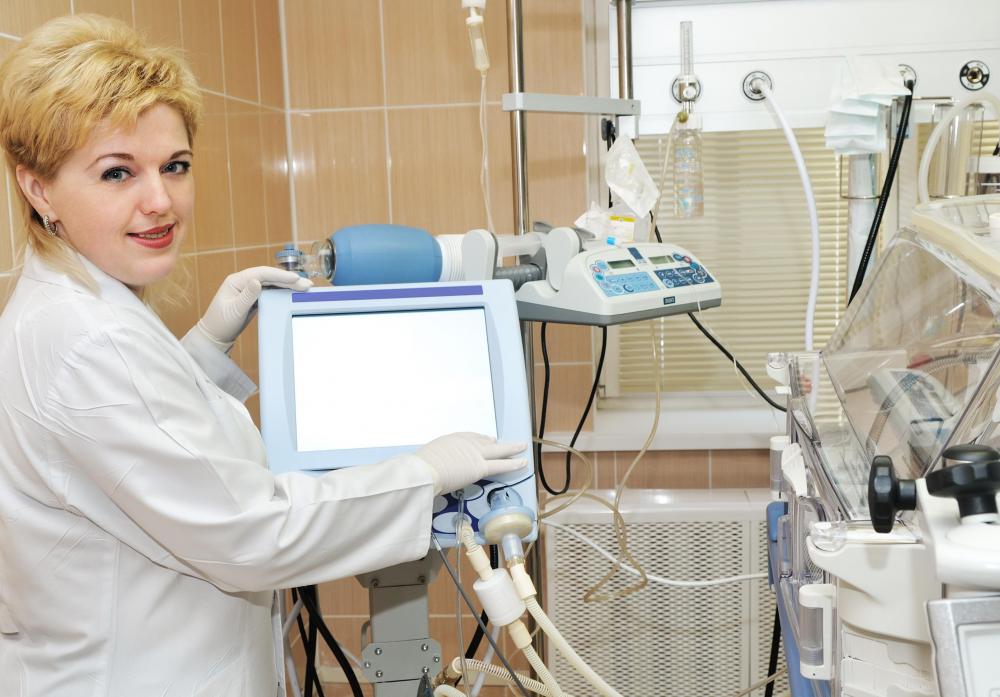At TheHealthBoard, we're committed to delivering accurate, trustworthy information. Our expert-authored content is rigorously fact-checked and sourced from credible authorities. Discover how we uphold the highest standards in providing you with reliable knowledge.
What Is Brainstem Encephalitis?
Brainstem encephalitis is a medical condition that causes swelling and inflammation of the brainstem, the area of the brain that connects to the spinal column. The most common cause of this condition is the presence of cancerous tumors in the brain, although cancer in other parts of the body may cause this inflammation as well. Some of the most frequently reported symptoms include visual disturbances, vertigo, and an overall lack of coordination. Treatment normally consists of the use of intravenous medications, although surgical intervention may sometimes become necessary. Any questions or concerns about brainstem encephalitis or the most appropriate treatment methods for an individual situation should be discussed with a doctor or other medical professional.
Ataxia and vertigo are often the first noticeable symptoms. Vertigo is a type of dizziness that causes a person to feel a spinning sensation while completely still. Ataxia is a term used to describe a loss of balance or coordination. Facial muscles may become weakened, and the patient may begin to have difficulty swallowing. Some of these symptoms closely mimic those of a stroke, and diagnostic tests may be performed in order to obtain an accurate diagnosis. Respiratory problems may develop and can become so severe that the patient must be connected to a ventilation machine in order to breathe.

Visual disturbances are common symptoms of brainstem encephalitis. Oscillopsia is a term used to describe bouncing vision and may lead to dizziness or vertigo. Nystagmus involves fast, uncontrollable eye movements and may affect one or both eyes. Diplopia, also referred to as double vision, is another potential visual disturbance caused by brainstem encephalitis. Nausea, vomiting, and persistent headaches may occur as a result of the abnormal vision experienced due to this condition.

Treatment for brainstem encephalitis is extremely individualized and depends on the severity of the condition, individual symptoms, and the overall health of the patient. In most cases, intravenous medications are given in a hospital setting so that the patient can be closely monitored for any signs of potential complications. Surgical intervention may be used to remove a tumor or to relieve the swelling if it becomes severe. Additional treatment options may include radiation or chemotherapy in cases where non-operable types of cancer are the cause of the inflammation. The doctor will explain all available treatment options and work with the patient to develop an individualized treatment plan.
AS FEATURED ON:
AS FEATURED ON:



















Discussion Comments
There are many kinds of encephalitis including viral encephalitis. Encephalitis can be caused by viruses such as herpes or parasites, bacteria and even fungus. Primary encephalitis is a virus or infection that directly affects the brain. Secondary encephalitis is when an infection somewhere else in the body elicits an immune response in the brain that mistakenly targets brain tissue.
Post your comments